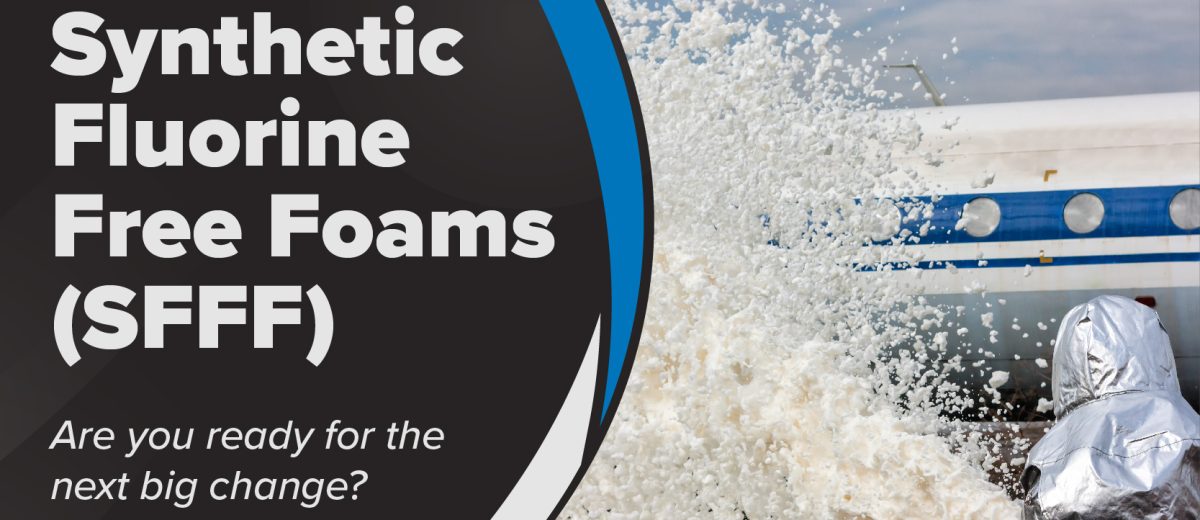Synthetic Fluorine Free Foams – Are You Ready for the Next Big Change?
Understanding the Shift from AFFF to SFFF: Enhancing Firefighter Safety and Performance
In this article we are going to examine:
- Why AFFF foam has become popular for firefighting applications
- Why AFFF is being phased out of firefighting
- What you should expect from the new SFFF foam agents that are replacing AFFF agents
As the fire service strives to improve firefighter health and safety, secure adequate funding, and provide comprehensive training and staffing, they now face an additional concern—the phase-out of AFFF in favor of SFFF.
The Significance of AFFF
Since the 1960s AFFF has been the dominant Class B firefighting foam for vapor suppression and extinguishment of flammable liquid fire.
Its global prevalence stems from its remarkable technological advancement compared to its predecessors, particularly protein-based foams. AFFF boasted longer shelf life, easy proportioning, lower application rates, and forgiving application techniques on burning flammable surfaces.
Moreover, AFFF could be efficiently applied using standard fog nozzles, eliminating the need for specialized foam tubes or air aspirating nozzles. It revolutionized the field of firefighting for these reasons and more.
As a firefighting stalwart that has served us so well over many decades, why is AFFF being phased out now?
Why is AFFF Being Phased Out?
The makeup of AFFF contains what has become known over the last 25 years as a “forever chemical.” Known as per- and polyfluoroalkyl substances (PFAS), these are components of fluorosurfactants.
These fluorosurfactant components enable AFFF to deliver superior fire suppression performance by resisting oil and grease, granting it an “oil hating” or oleophobic property. This is highly desirable when a finished-foam blanket is in direct contact with a flammable liquid fuel surface since it resists contamination by repelling fuel pick up.
From an environmental perspective, PFAS is persistent, bioaccumulative, and toxic (PBT). From a health perspective, firefighter exposure may cause negative health consequences, such as increased risk of certain types of cancer.
As a result, jurisdictions across the world have either already phased out, have passed legislation for future phase out, or are considering the phase out of AFFF firefighting foams due to PFAS environmental contamination and potential negative human health effects.
In one example, a state environmental agency in the northeast U.S. targeted levels of PFAS over 70 parts per trillion (yes, that is correct, parts per trillion) as unacceptable in the environment. That’s equivalent to a drop of water in an Olympic size swimming pool.
SFFF Agents: What to Expect
The overall sentiment throughout the fire industry is that SFFF agent performance is a downgrade over legacy AFFF performance. Essentially, with SFFF agents, the fire service loses several features and benefits of legacy AFFF applications. SFFFs are thought not to provide the same level of firefighting effectiveness when compared to AFFF application. But this is not to say that SFFFs are not good firefighting agents. Provided by reputable manufacturers the new SFFFs have been extensively tested and are third-party testing lab approved.
Conclusion
As we adapt to the transition from AFFF to SFFF, it is essential to acknowledge the tremendous strides made to enhance firefighter safety and performance. While AFFF’s prominence is waning due to concerns surrounding PFAS, the introduction of SFFF promises a reliable and efficient alternative for fire suppression.
